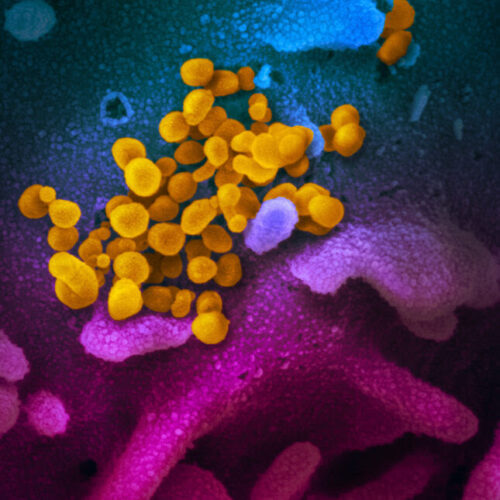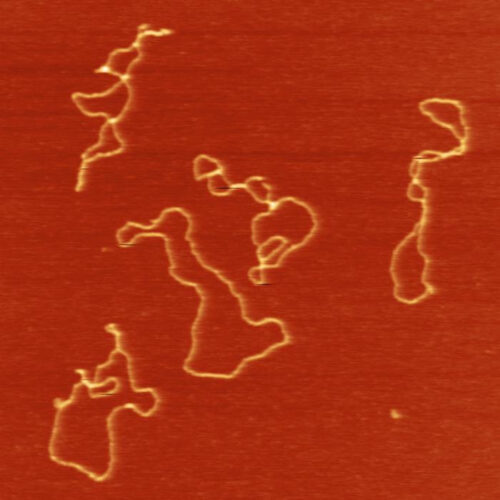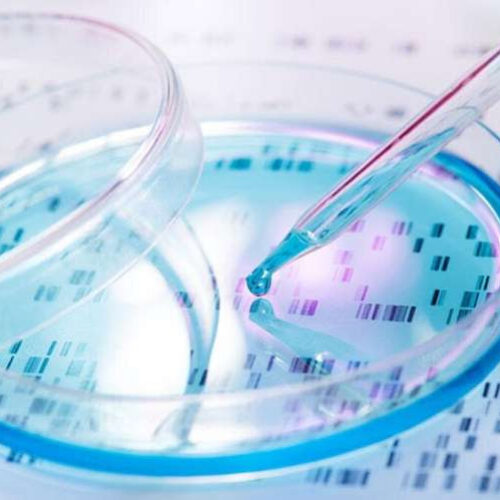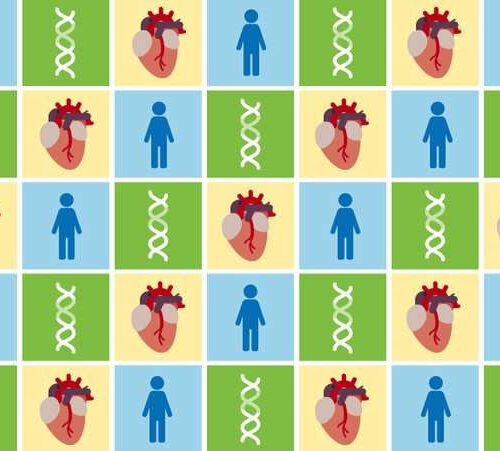By Megan Molteni July 19, 2023 This scanning electron microscope image shows SARS-CoV-2 (yellow) isolated from a patient. NIAID/NIH In the earliest days of the Covid-19 pandemic, when the new coronavirus still appeared to be confined to China, public health authorities were divided over whether to declare the outbreak a global emergency. That changed once it became...
Category: <span>Genetics</span>
Gene Therapy Promising for Reversal of Hereditary Vision Loss
Liam Davenport July 13, 2023 An unapproved gene therapy for Leber hereditary optic neuropathy (LHON) led to a marked improvement in the eyesight of patients with a severe, progressive form of the disease who received the therapy as part of an early access program. Results of a study of more than 60 patients who received lenadogene nolparvovec...
Queen Mary-led research uncovers why people who have Down’s Syndrome age prematurely
Peer-Reviewed Publication QUEEN MARY UNIVERSITY OF LONDON An overdosed gene on chromosome 21 causes people with Down’s Syndrome to age faster than the general population. The molecular processes responsible for natural ageing of cells are poorly understood. Studying conditions in humans where ageing is accelerated due to genetic causes presents opportunities to learn about the...
Gene mutations linked to hereditary kidney cancer predisposition but potential Achilles’ heel identified
UNIVERSITY OF CALIFORNIA – LOS ANGELES HEALTH SCIENCES Researchers at the UCLA Jonsson Comprehensive Cancer Center have confirmed that a large number of genetic variants of unknown significance are in fact verified mutations that predispose patients to a rare hereditary syndrome that increases the risk of kidney cancer. By functionally characterizing the behavior of these mutations, researchers and...
DNA element with a murky past is borrowing cell’s repair machinery
DUKE UNIVERSITY IMAGE: RING-LIKE CIRCULAR DNA HAS BEEN SEEN COPYING ITSELF BY BORROWING SOME OF THE CELL’S MACHINERY, JUST AS A VIRUS DOES. CREDIT: FU YANG, ZZ LAB AT DUKE UNIVERSITY Like its viral cousins, a somewhat parasitic DNA sequence called a retrotransposon has been found borrowing the cell’s own machinery to achieve its goals....
Researchers develop hematopoietic stem cell culture technology for safer and more effective genome editing
by University of Tsukuba Credit: pogonici/Shutterstock Hematopoietic stem cells (HSCs) are rare cells found in the bone marrow that produce red blood cells, white blood cells, and platelets. Their correct functioning is indispensable for the growth and health of an organism. Accordingly, defects in the DNA of hematopoietic stem cells (mutations) can cause impaired blood production...
More diverse datasets lead to better genetic risk prediction for heart disease
by Leah Eisenstadt, Broad Institute of MIT and Harvard Credit: Susanna Hamilton, Broad Communications Over the past decade, researchers have been developing polygenic scores—calculations of a person’s likelihood of getting a disease based on the millions of small genetic differences across their genome. The accuracy of these scores has improved for some diseases and groups of...
Antisense therapy restores fragile X protein production in human cells
by Jim Fessenden, UMass Chan Medical School (A) Volcano plot of log2FC of RNA levels (FXS vs TD). Statistically significant changes (P value <0.0002) are shown as blue dots (down-regulated) and red dots (up-regulated). Gray dots refer to unchanged RNAs. (See also Dataset S2). (B) Histograms for TPM values for RNAs that are up or...
Gene editing helped crack a 100-year-old mystery about cancer
By Carolyn Y. JohnsonJuly 6, 2023 at 2:00 p.m. EDT Researchers using modern gene-editing tools have discovered that the intuition of scientists from more than a century ago was right: Cells with unusual numbers of chromosomes are drivers of cancer. The study, published Thursday in the journal Science, renews scientific attention on an old-fashioned idea, one that could point...
Playing the long game: An exciting discovery in telomere disease
by Nancy Fliesler, Children’s Hospital Boston A newly identified treatment could lengthen telomeres that have shortened prematurely. Credit: Sebastian Stankiewicz, Boston Children’s Hospital Each time our cells divide, the protective caps that keep our chromosomes from fraying, called telomeres, lose a bit of their DNA. Telomeres shorten steadily as we age, but in certain medical conditions...





